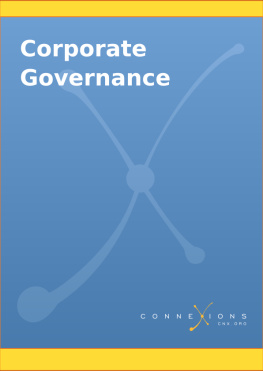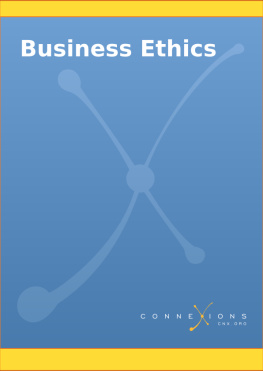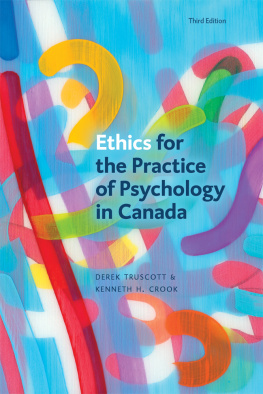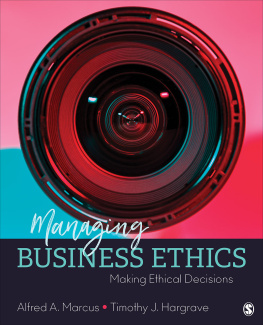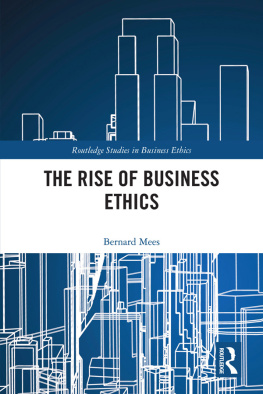Corporate Governance
By: William Frey and Jose Cruz-Cruz
Online:
This selection and arrangement of content as a collection is copyrighted by William Frey and Jose Cruz-Cruz .
It is licensed under the Creative Commons Attribution License: http://creativecommons.org/licenses/by/2.0/
Collection structure revised: 2007/08/20
For copyright and attribution information for the modules contained in this collection, see the "" section at the end of the collection.
Chapter 1. Ethical Leadership
1.1. Integrating the Statement of Values into Course Syllabi
HOW TO EDIT
Write your module for a student audience. To complete or edit the sections below erase the provided textual commentaries then add your own content using one or more of the following strategies:
- Type or paste the content directly into the appropriate section- Link to a published CNX module or an external online resource using the Links tabs (see example on the right)- Link to a document or multimedia file within the content after uploading the file using the Files tab (see example below)- Cite content not available online
Figure 1.1. Word Version of this Template
(This media type is not supported in this reader. Click to open media in browser.)
This is an example of an embedded link. (Go to "Files" tab to delete this file and replace it with your own files.)
Introduction
On May 11, 2007, the College of Business Administration approved a Statement of Values designed to serve as a guideline for the moral development of this community. But this Statement of Values is as much a process as a product. Just as Johnson and Johnson sought to promote the moral development of its corporate community by "challenging" its corporate credo, ADEM also seeks to promote its moral development by challenging, interpreting, and realizing its Statement of Values.
Your task in this module is to read the appended Statement of Values (SOV) and provide two responses. First, can you think of any problems that have arisen in the past that could have been avoided if this SOV had been adopted and implemented? In other words, assess how effective you think the SOV is as a means for preventing moral harm. Second, challenge the SOV: (1) Are there any interpretation problems you see that would lead to misunderstanding and improper use? And (2) what SOV gaps do you see, that is, what ethical issues remain that are not fully treated under the SOV?
Carrying out these tasks will help you identify creative ways to integrate moral values into your academic endeavors in this class and in other activities this semester. The goal of the SOV is to set the ADEM community on a course of continual improvement. These reflective exercises will help start the process.
What you need to know
Include information that you expect your students to study and learn in this module as well as information that will help them carry out the module activities.
Figure 1.2. Statement of Values
(This media type is not supported in this reader. Click to open media in browser.)
Clicking on this figure will open the UPRM College of Business Administration's Statement of Value. The SOV can also be accessed by clicking on the links above provided with this module.
SOV Preamble
As a result of an ongoing process of reflection and assessment, the College of Business Administration (its students, faculty, staff, and administrators) affirms its commitment and loyalty to the following values: justice and fairness, responsibility, respect, trust, and integrity. This statement sets forth these values in order to educate and inspire as well as to promote dialogue and continual improvement. In particular, these values serve to describe this community's identity and express its aspirations. It is meant to complement existing laws, regulations, professional standards, and codes of ethics by enhancing the pursuit of excellence consistent with the College's Vision and Mission. In all of its activities, the College of Business Administration will:

